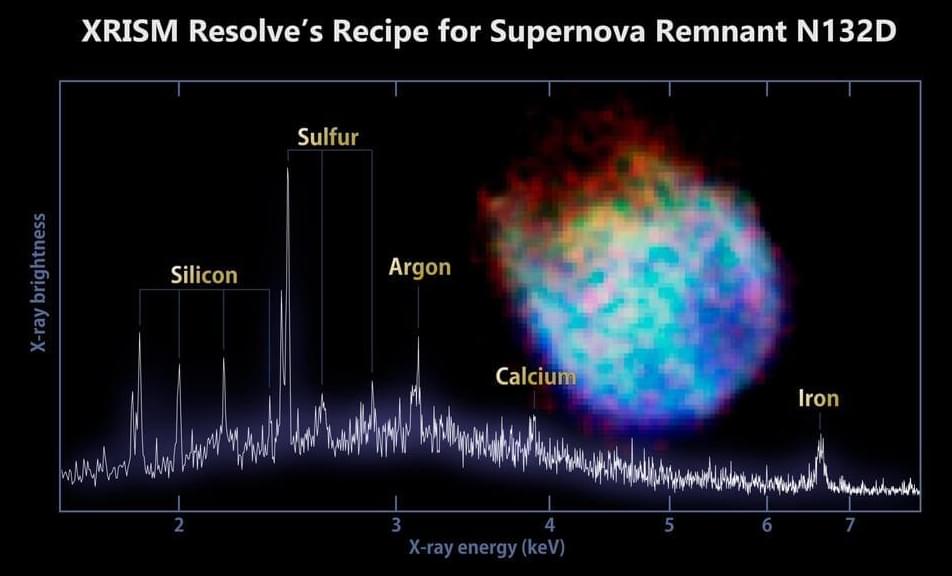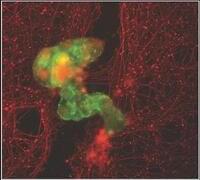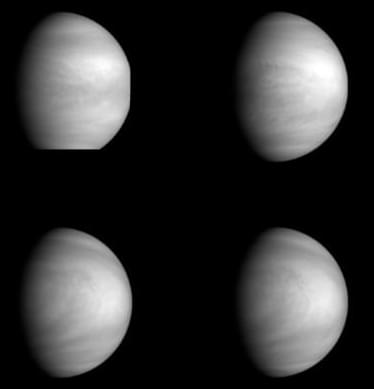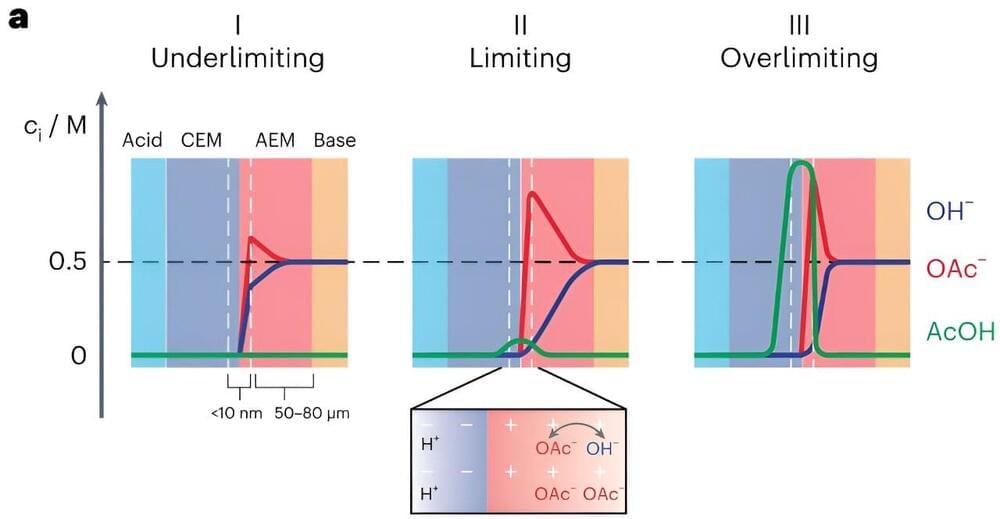Jan 18, 2024
Supernova Forensics: Unraveling N132D’s Spectral Mysteries With XRISM
Posted by Saúl Morales Rodriguéz in categories: chemistry, cosmology
XRISM’s first high-resolution spectrum of supernova remnant N132D offers unprecedented insights into the chemical and physical properties of the aftermath of a star’s explosion, enhancing our understanding of the universe’s elemental composition.
This image is the first high-resolution energy spectrum from the Resolve instrument on JAXA’s XRISM mission. It shows the energy of X-rays being produced within the remains of a massive star exploding in the nearby Large Magellanic Cloud, creating a ‘supernova remnant’ known as N132D. Spectra such as this one will enable scientists to measure the temperature and motion of X-ray emitting gas with unprecedented sensitivity and accuracy.
The spectrum indicates which chemical elements exist in N132D. XRISM can identify each element by measuring the specific energy of X-ray light that it emits (the label ‘keV’ on the x axis of the graph refers to kiloelectronvolts, a unit of energy). The ‘energy resolution’ of XRISM (its capability to distinguish X-ray light arriving with different amounts of energy) is incredible. The faint grey line shows the same spectrum from the XIS instrument on JAXA ’s Suzaku X-ray telescope (source). The energy resolution from XRISM is more than 40 times better over the energy range shown in this spectrum.





 In the vast realm of scientific discovery and technological advancement, there exists a hidden frontier that holds the key to unlocking the mysteries of the universe. This frontier is Pico Technology, a domain of measurement and manipulation at the atomic and subatomic levels. The rise of Pico Technology represents a seismic shift in our understanding of precision measurement and its applications across diverse fields, from biology to quantum computing. Pico Technology, at the intersection of precision measurement and quantum effects, represents the forefront of scientific and technological progress, unveiling the remarkable capabilities of working at the picoscale, offering unprecedented precision and reactivity that are reshaping fields ranging from medicine to green energy.
In the vast realm of scientific discovery and technological advancement, there exists a hidden frontier that holds the key to unlocking the mysteries of the universe. This frontier is Pico Technology, a domain of measurement and manipulation at the atomic and subatomic levels. The rise of Pico Technology represents a seismic shift in our understanding of precision measurement and its applications across diverse fields, from biology to quantum computing. Pico Technology, at the intersection of precision measurement and quantum effects, represents the forefront of scientific and technological progress, unveiling the remarkable capabilities of working at the picoscale, offering unprecedented precision and reactivity that are reshaping fields ranging from medicine to green energy.










